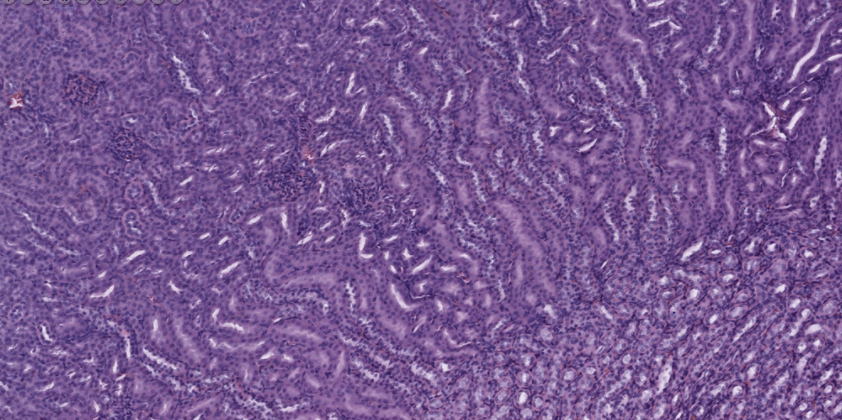At conferences, trade shows and presentations we are always asked the same question:
“What makes Visikol HISTO special, aren’t there dozens of tissue clearing techniques now?”
The simple answer is “Yes.” There are dozens of tissue clearing techniques (e.g. CLARITY, Scale, BABB, 3DISCO, SeeDB and Visikol HISTO) that have been developed and tissue clearing techniques date back over a hundred years. All of these tissue clearing techniques are able to make tissues transparent and what needs to be understood is that making tissues transparent really is not all that challenging and any person can even do it with a little bit of fructose.
Tissue clearing techniques start to differentiate from one another on the basis of speed, labeling compatibility, cost and ease-of-use. However, the most overlooked question in the whole tissue clearing space is this:
“How do you actually know that your results are indicative of the features within your tissue?”
There are many reasons such as non-uniform labeling, morphological disruption, improper stitching, optical attenuation and fluorophore quenching that could lead to the three-dimensional data generated from your tissue not actually telling the accurate story about your tissue. These results might be interesting for basic research applications, but what if we want to use these techniques for translational or even clinical applications?
To get outside of basic research, we need to validate that our 3D results are indicative of the tissue features and the only way to do this is to compare the data we generate in 3D to the decades of 2D histology data sets that form the foundation of modern histopathology. This is where the Visikol HISTO technology is truly differentiated and why we think it is special.
The Visikol HISTO technique renders tissues transparent through the process of refractive index matching and is reversible. After a tissue is rendered transparent and imaged in 3D, the Visikol HISTO reagents can be washed from the tissue using an ethanol gradient and the tissue can be processed using traditional embedding, sectioning and staining (e.g. H&E, IHC). With Visikol HISTO, 2D and 3D data sets can be co-registered to one another using nuclear staining and the morphology and features within 3D data sets can be validated against gold-standard 2D histology.
This reversibility allows for a level of validation that enables Visikol HISTO to expand past basic research applications and into translational and clinical fields. With other techniques that use protein hyperhydration (e.g. Scale, CUBIC), lipid removal (e.g. CLARITY) or harsh solvents (e.g. iDISCO, BABB, 3DISCO, uDISCO) this is simply not possible due to the destructive nature of these processes. These other tissue clearing techniques need to be validated in parallel which makes co-registration impossible and validation incredibly difficult.
With Visikol HISTO we have shown this reversibility in numerous tissues and that the Visikol HISTO approach does not dsrupt tissue morphology or epitopes for follow up 2D IHC.

idney (mouse) – H&E section of mouse kidney following clearing and reversal.

